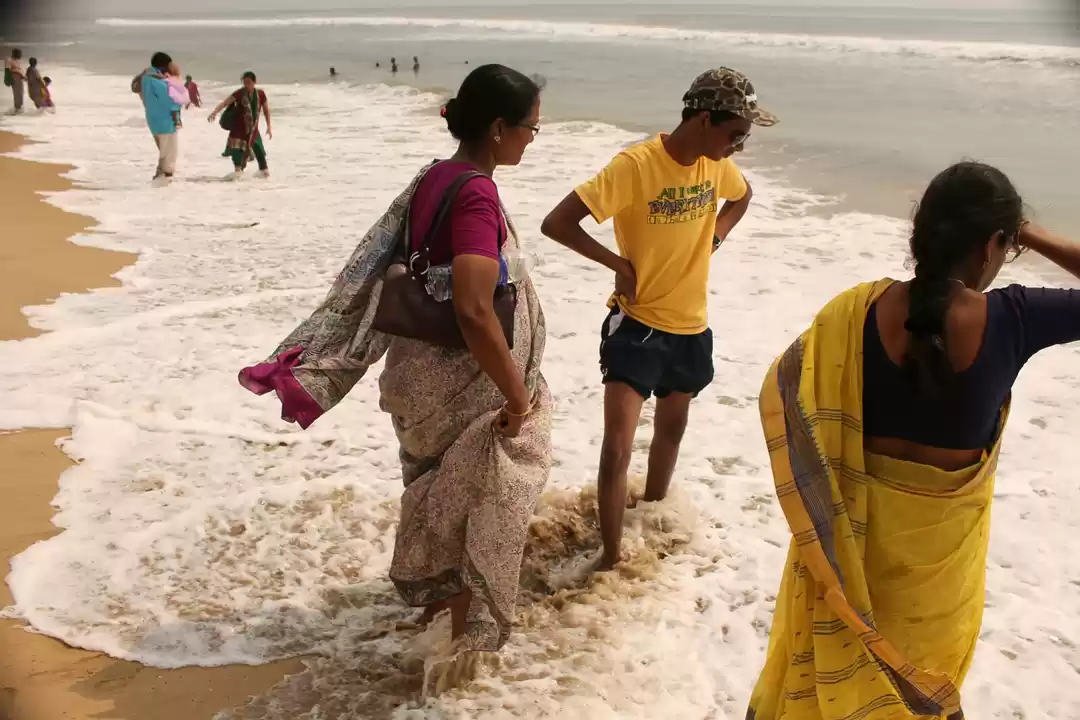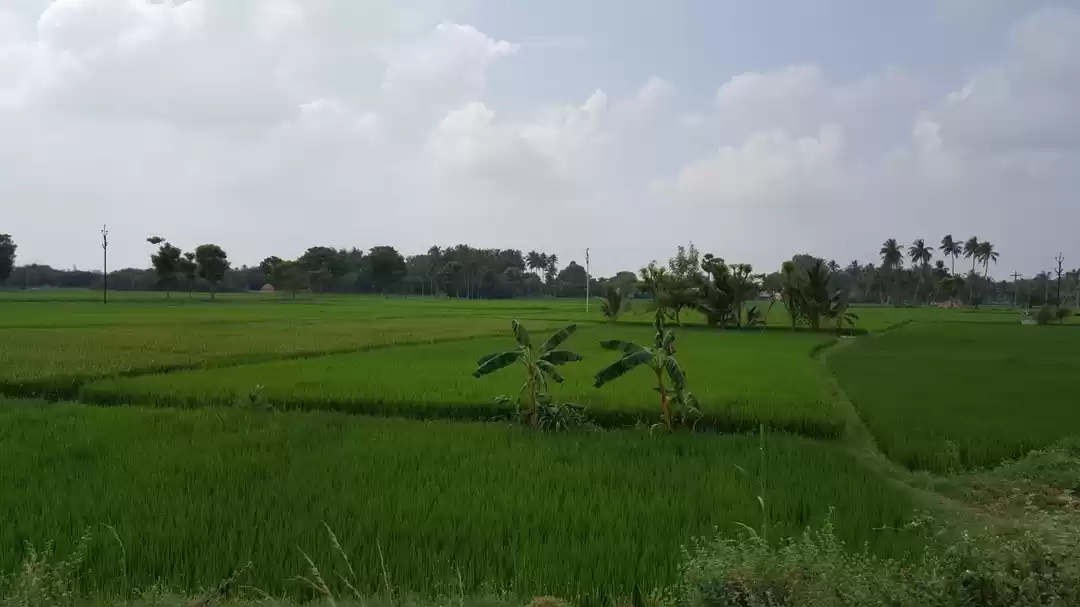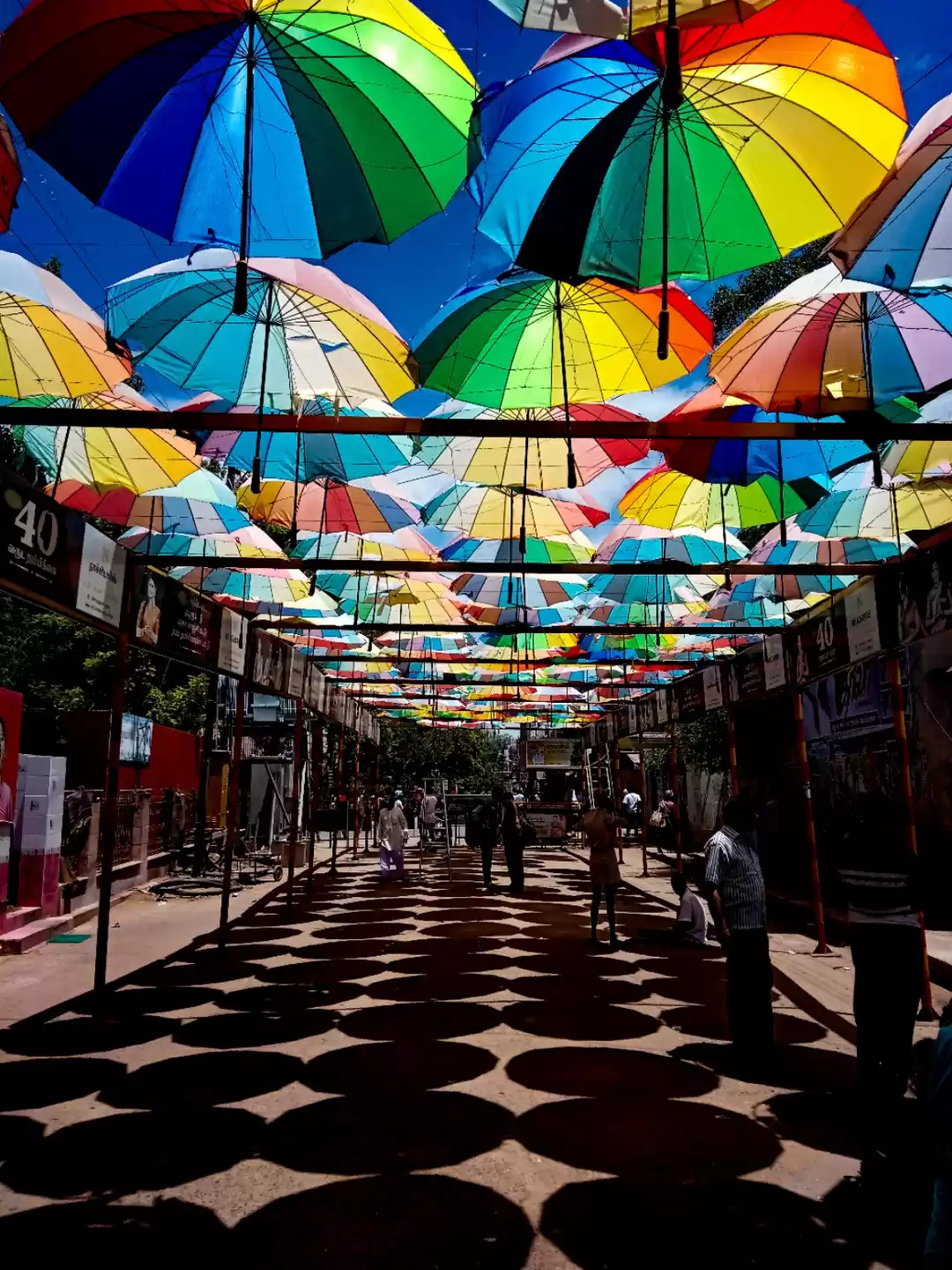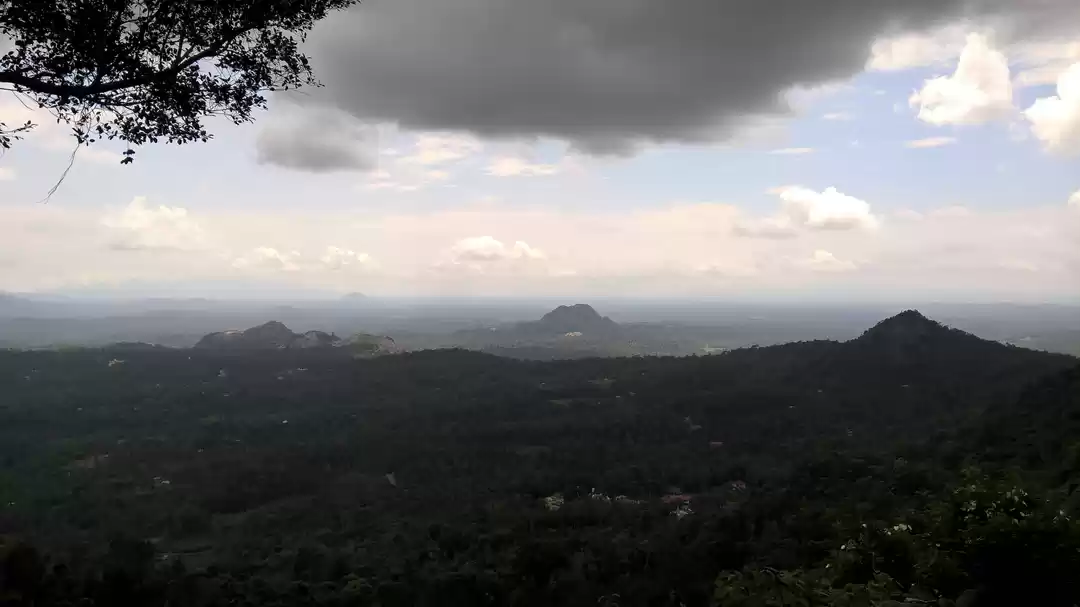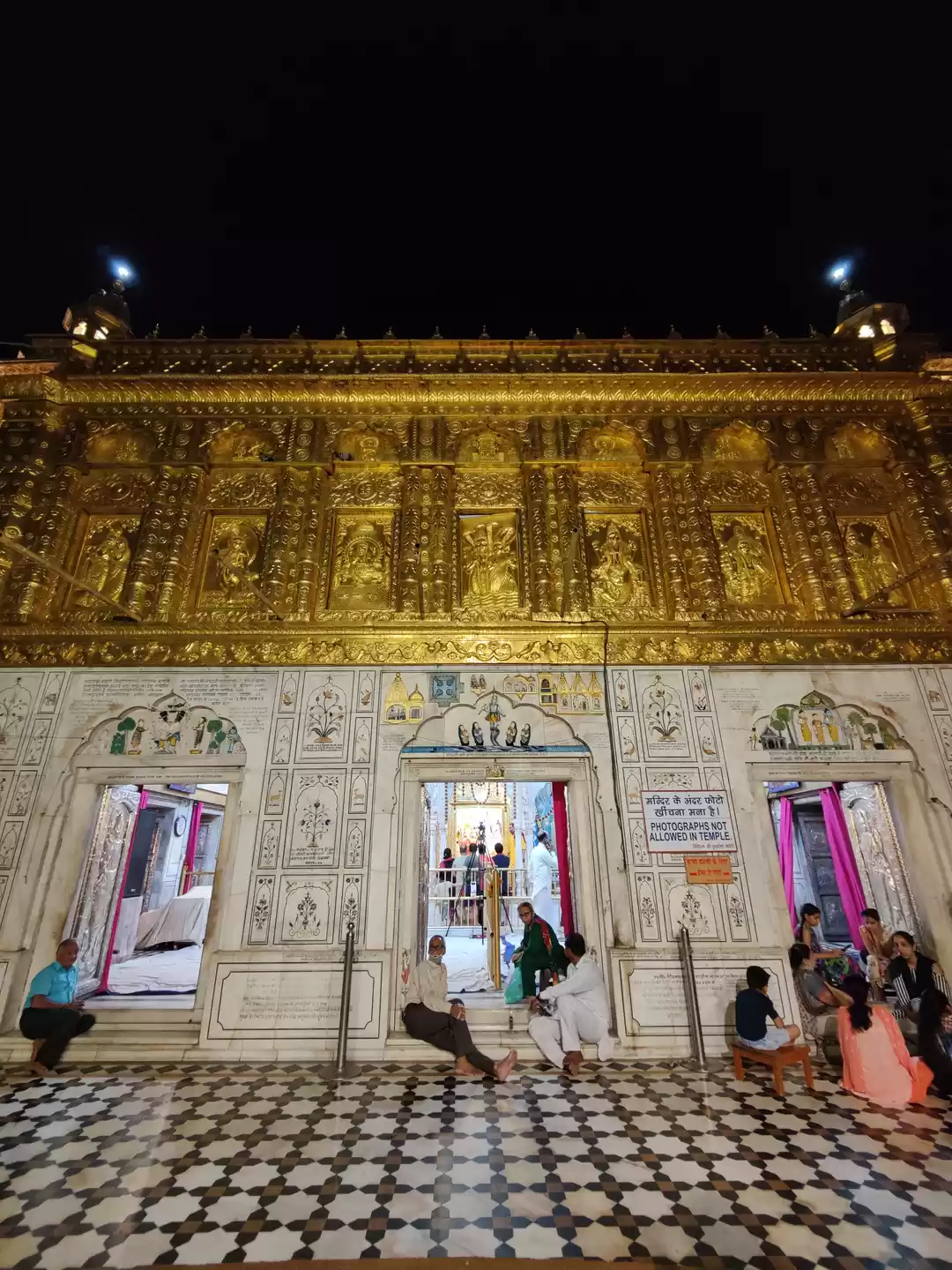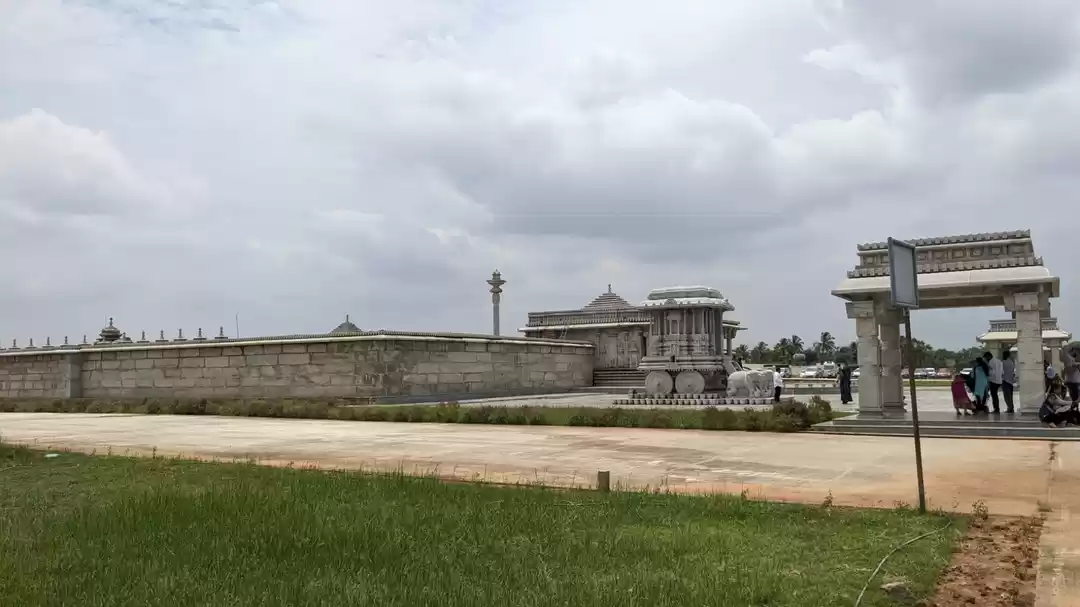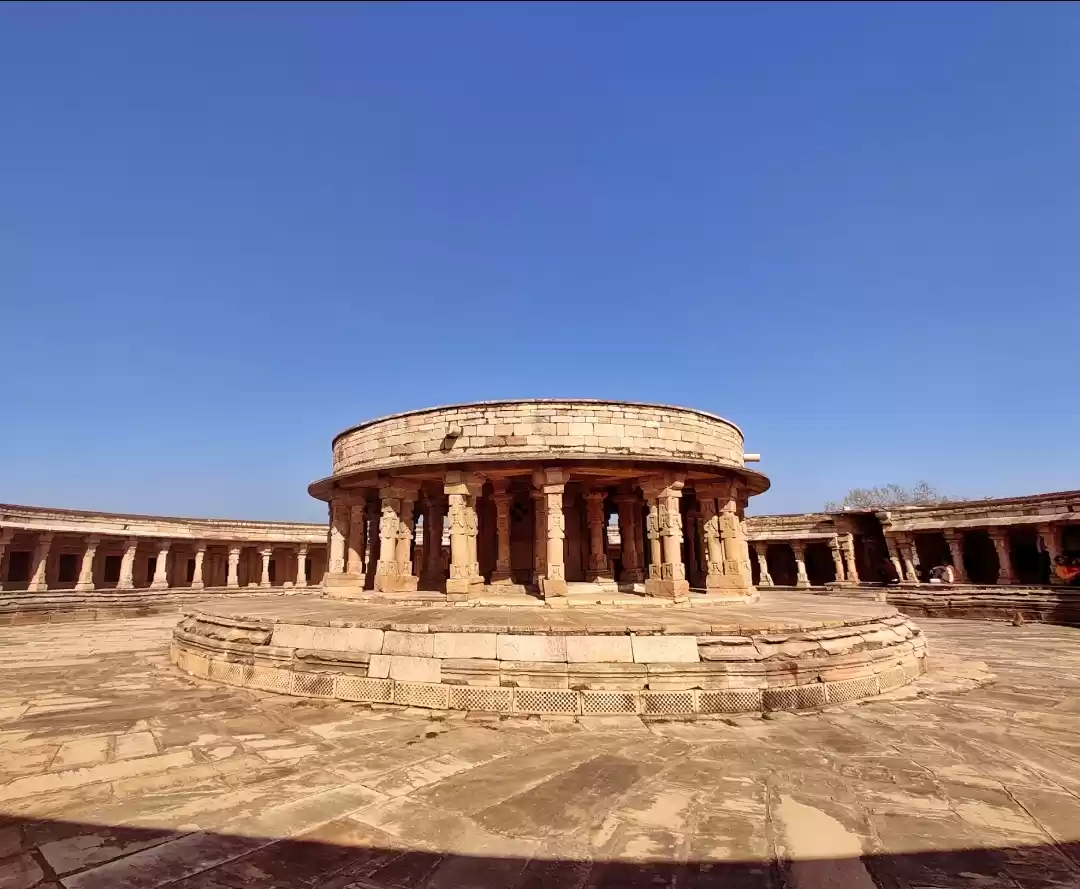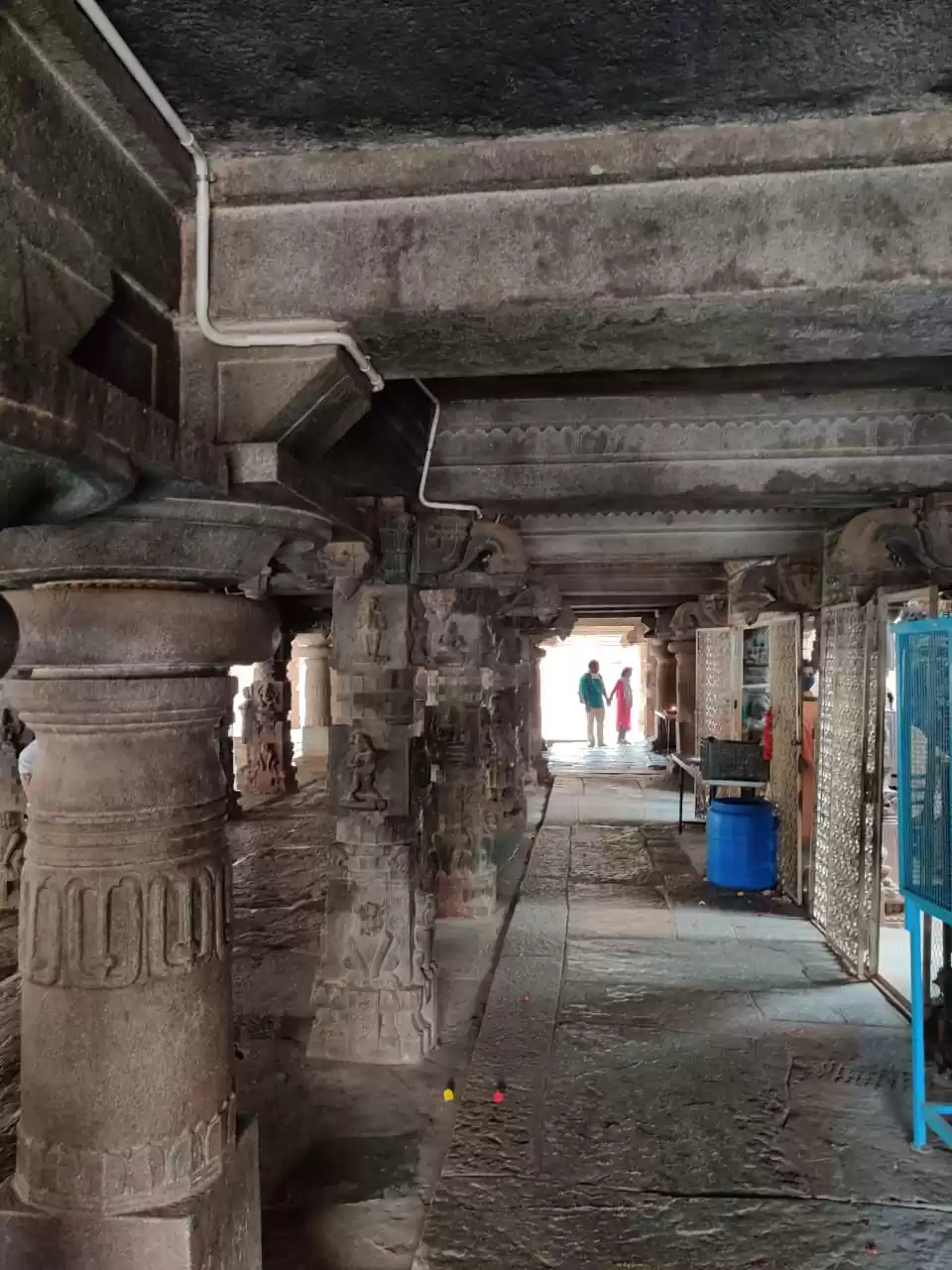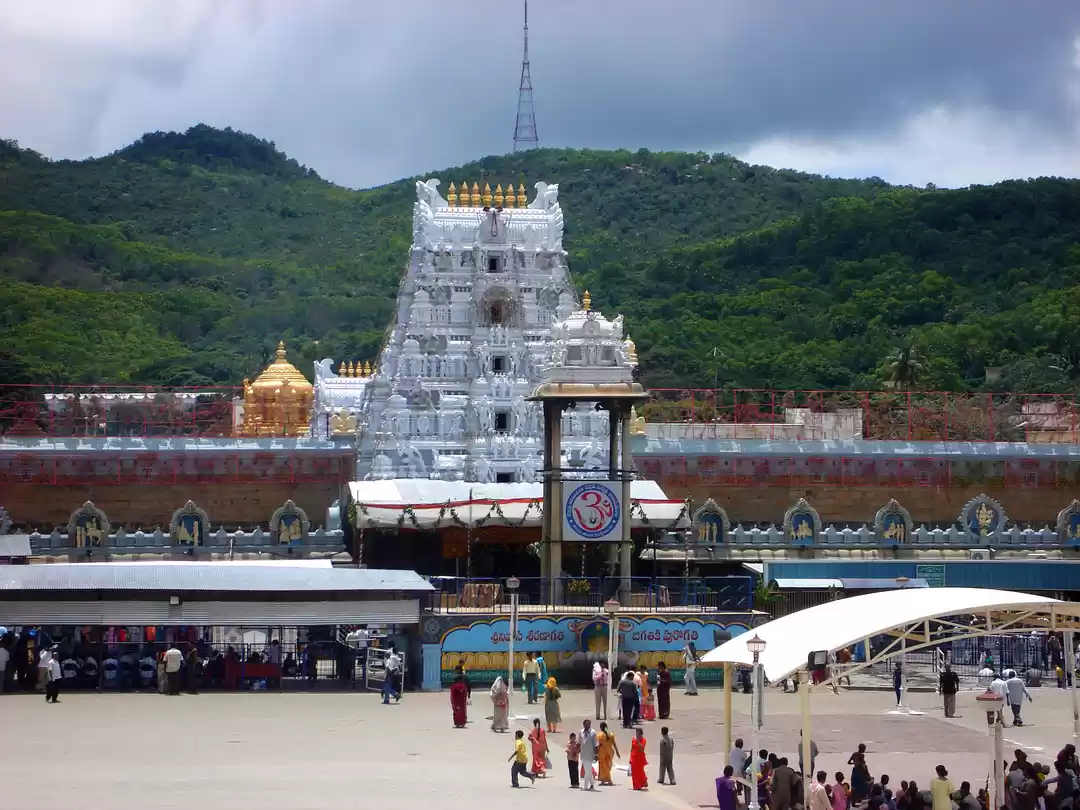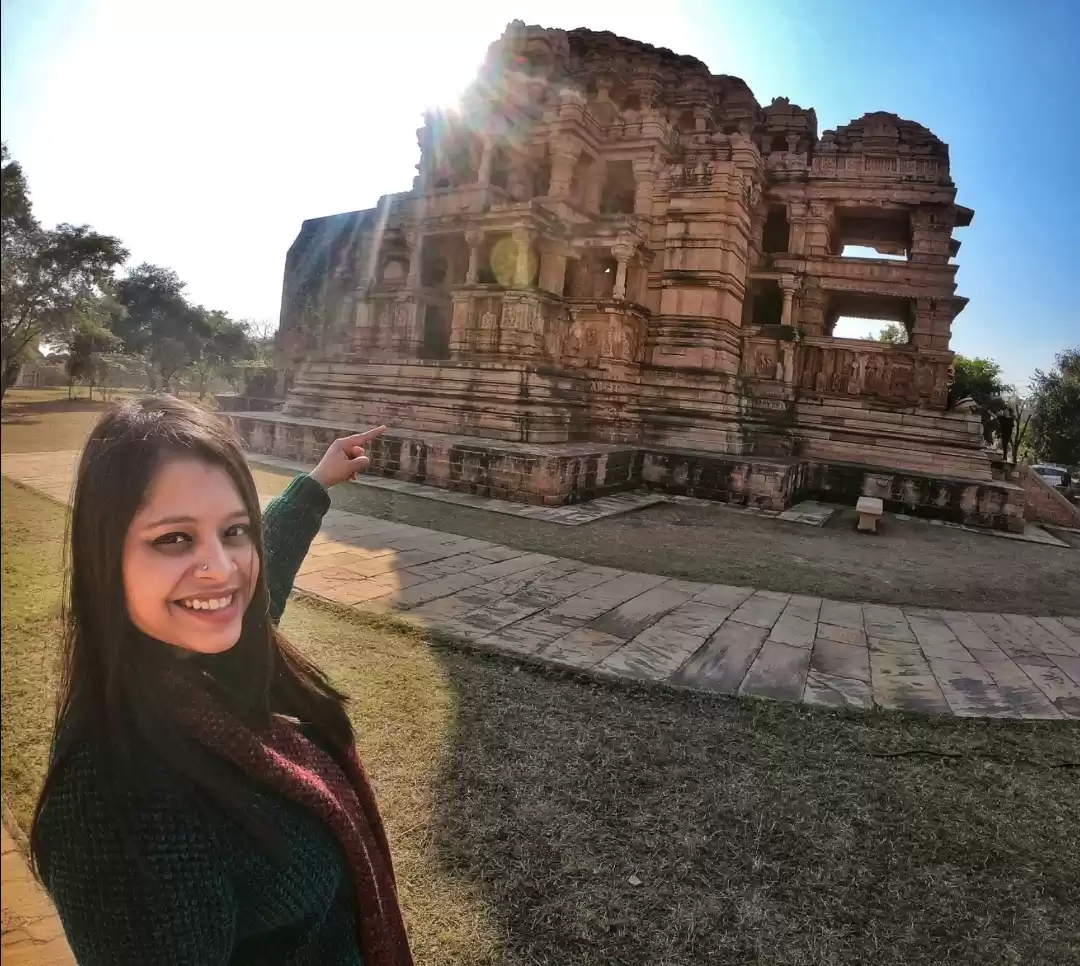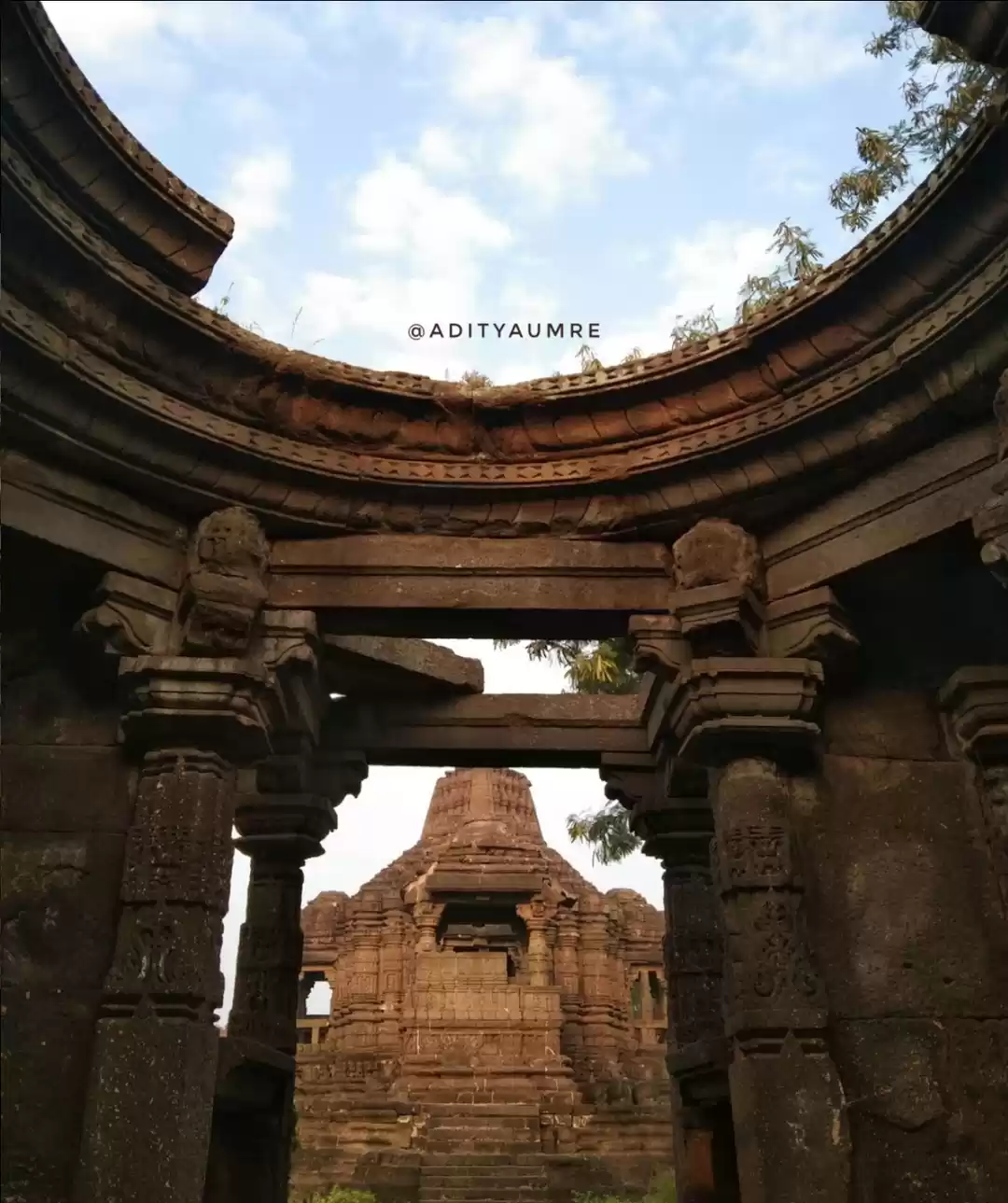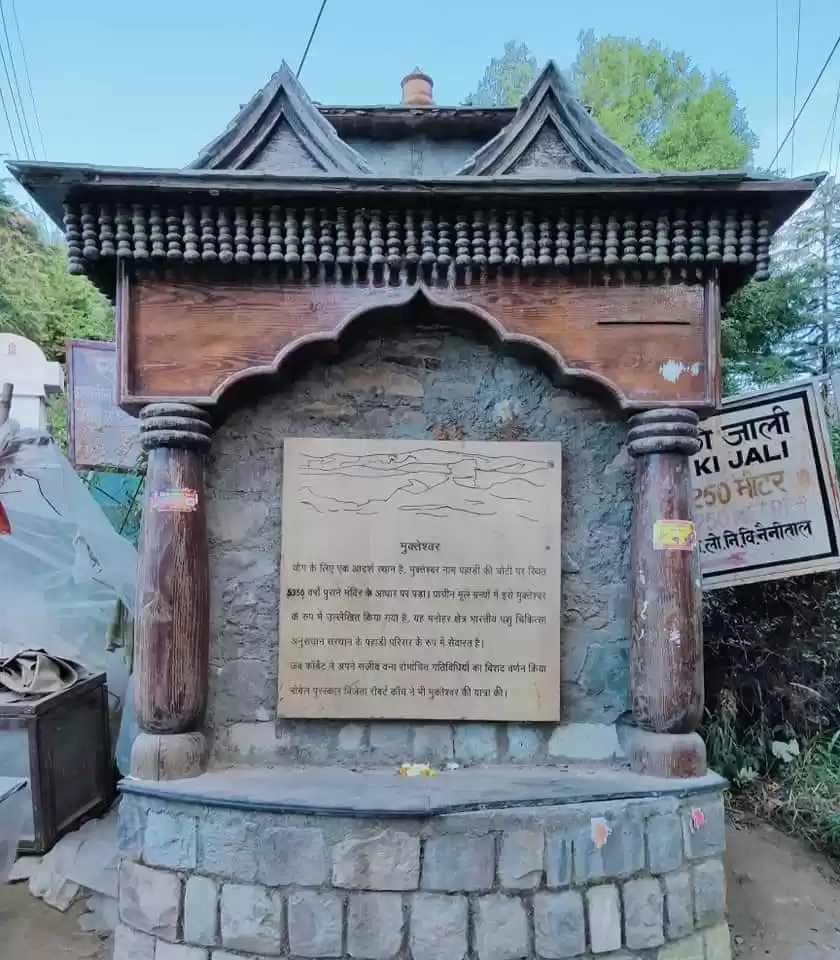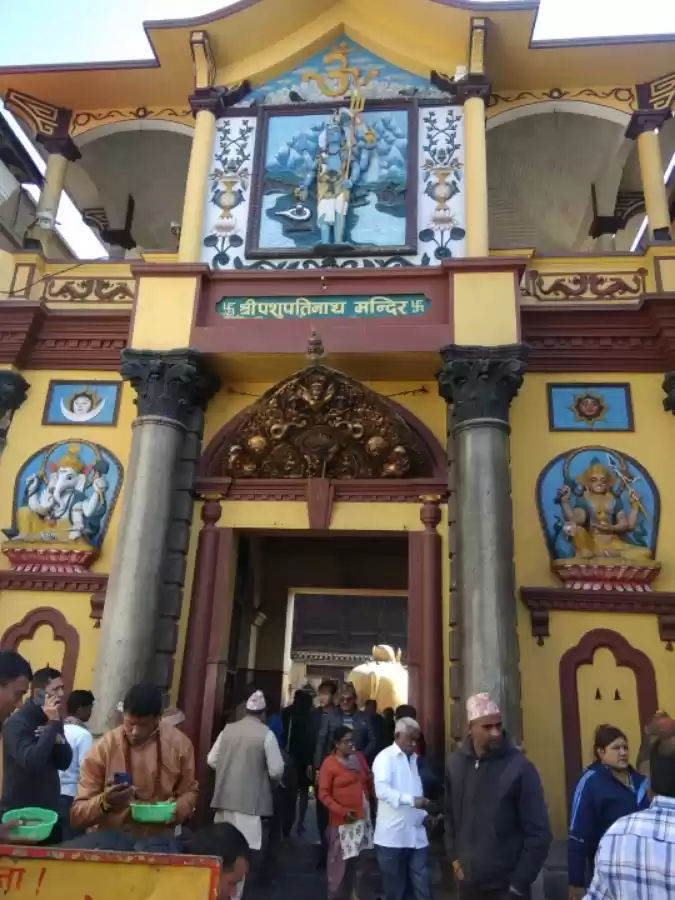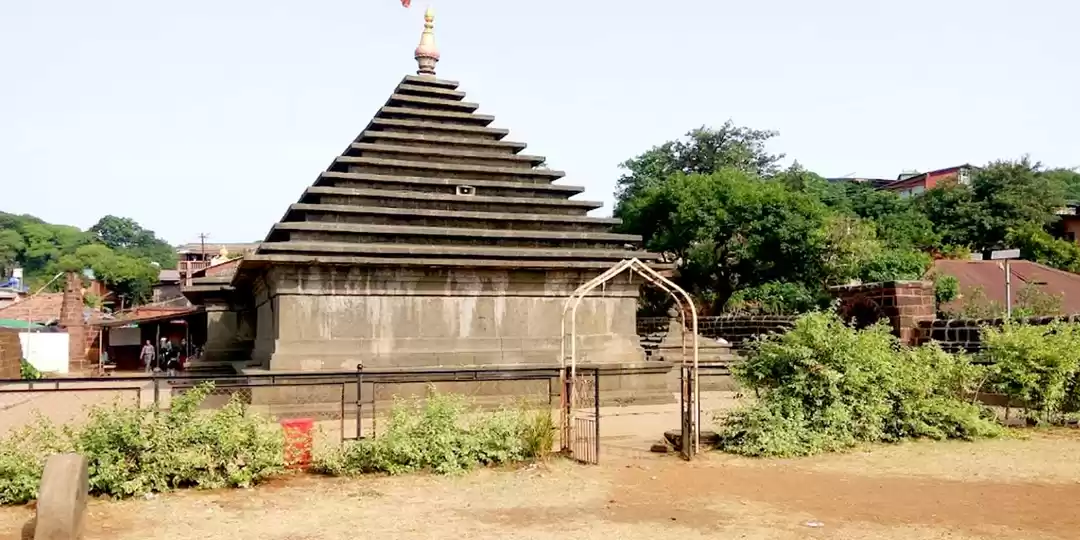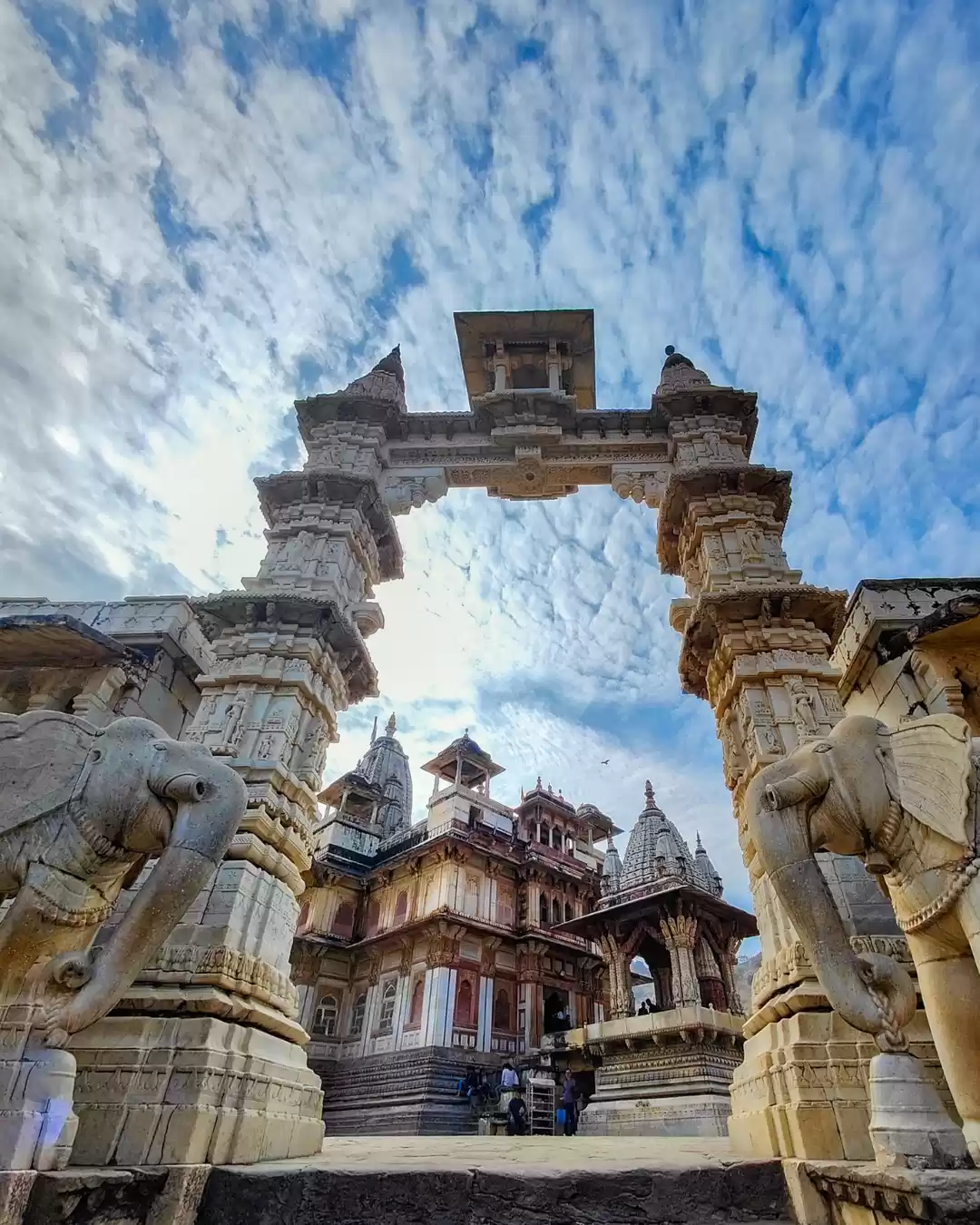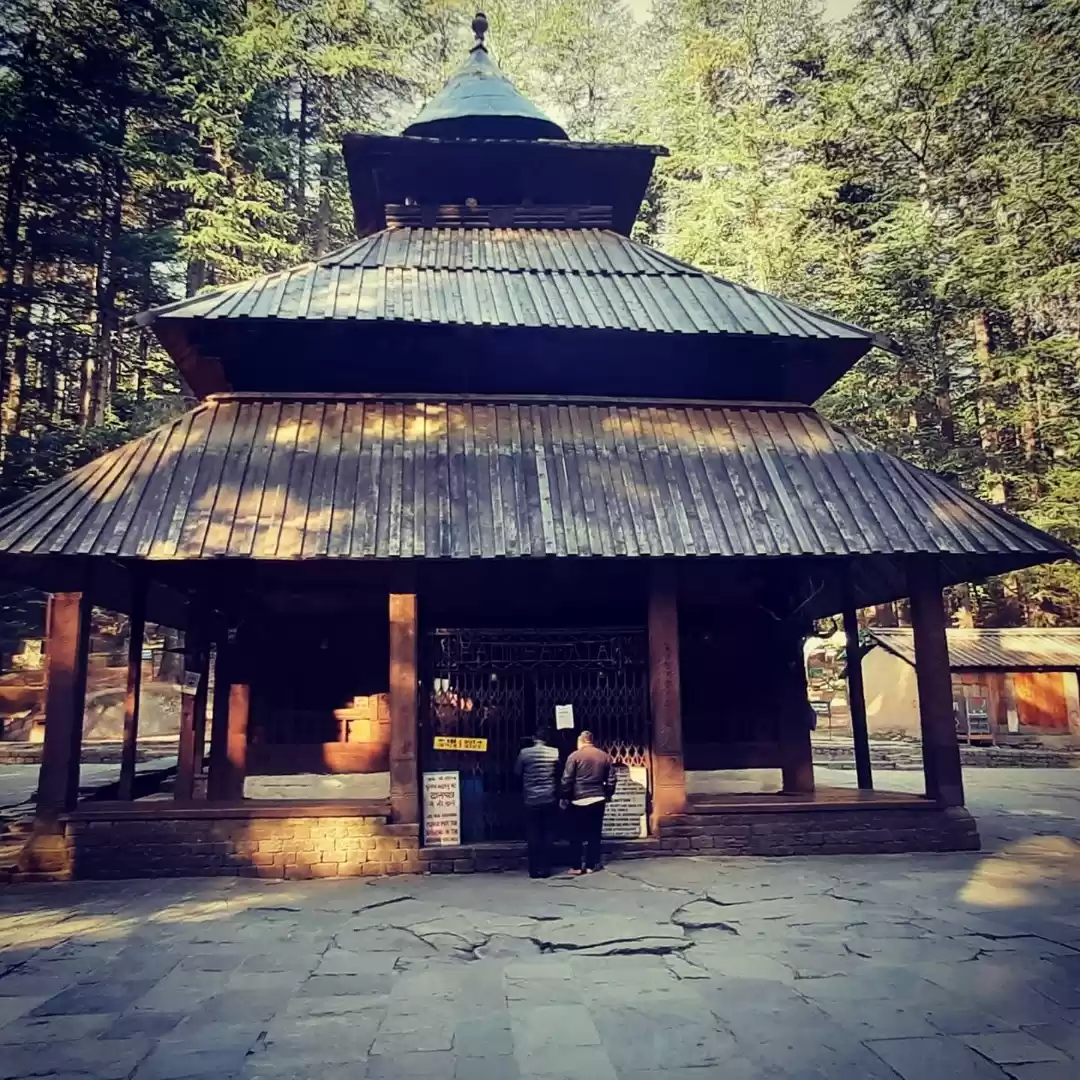If you are looking for a spiritual and cultural experience in Chennai, you cannot miss visiting the Kapaleeswarar Temple, one of the oldest and most revered temples in the city. Located in the bustling neighborhood of Mylapore, this temple is dedicated to Lord Shiva and his consort Parvati, who are worshipped here as Kapaleeshwarar and Karpagambal respectively.
The temple is also famous for its magnificent Dravidian architecture, its colorful and intricate sculptures, and its vibrant and lively festivals. Whether you are a devotee, a history buff, or a curious traveler, you will find something to admire and appreciate at this ancient abode of Lord Shiva.
Architecture
The Kapaleeswarar Temple is a fine example of the Dravidian style of temple architecture, which originated in South India and is characterized by pyramid-shaped towers, pillared halls, and enclosed courtyards. The temple was originally built by the Pallavas in the 7th century CE, but was destroyed by the Portuguese invaders in the 16th century CE. The present structure was rebuilt by the Vijayanagara rulers in the 16th century CE, and has been renovated and expanded over the years.

The most striking feature of the temple is its gopuram, or the tower-like entrance, which stands at a height of 37 meters and is adorned with colorful carvings of gods and goddesses. The gopuram faces east and leads to the main shrine of Kapaleeshwarar, which is situated in the innermost courtyard. The main shrine is a square-shaped structure with a flat roof, and houses a lingam, or a symbol of Shiva, made of black granite. The lingam is believed to have been installed by the sage Agastya, one of the revered sages in Hinduism.
Another prominent feature of the temple is its mandapam, or the hall-like structures, which are used for various ceremonies and rituals. The temple has several mandapams, such as the flagstaff hall, where the temple flag is hoisted during festivals, the hundred-pillared hall, where cultural programs are held, and the peacock hall, where the legend of Parvati worshipping Shiva in the form of a peacock is depicted. The mandapams are decorated with exquisite and intricate sculptures of deities, saints, and mythical creatures.
The temple also has a large tank, or a water reservoir, which is located outside the main complex, and is believed to be the place where Parvati worshipped Shiva in the form of a peacock. The tank is surrounded by steps and pillars, and has a small temple dedicated to Vinayaka, or Ganesha, the elephant-headed god and the son of Shiva and Parvati. The tank is also the venue for the float festival, which is one of the highlights of the temple’s annual festival.
Deities
The Kapaleeswarar Temple is home to several deities, who are revered and worshipped by the devotees. The main deity of the temple is Kapaleeshwarar, who is a form of Shiva with a skull in his hand, symbolizing his power over death and time. The name Kapaleeshwarar means “the lord of the skull”, and refers to the legend of Shiva carrying the skull of Brahma, the creator god, as a punishment for his arrogance. The devotees offer flowers, fruits, and coconut to Kapaleeshwarar, and receive prasadam, or sacred food, and vibhuti, or sacred ash, as blessings.
The consort of Kapaleeshwarar is Karpagambal, who is a form of Parvati with a lotus in her hand, symbolizing her grace and compassion. The name Karpagambal means “the goddess of the wish-fulfilling tree”, and refers to the legend of Parvati giving a boon to a devotee who was suffering from leprosy. The devotees offer sarees, jewellery, and flowers to Karpagambal, and seek her protection and prosperity.
The son of Shiva and Parvati, Murugan, is also worshipped at the temple, as the god of war and wisdom, and the commander of the divine army. He is also known as Kartikeya, Skanda, or Subramanya, and is depicted with six faces and twelve arms, riding a peacock. He is the patron of Tamil, the language of the region, and the leader of the Tamil Sangam, the ancient academy of literature and arts. The devotees offer milk, honey, and fruits to Murugan, and seek his guidance and courage.

The other son of Shiva and Parvati, Ganesha, is also worshipped at the temple, as the god of success and removal of obstacles, and the patron of arts and sciences. He is also known as Vinayaka, Ganapati, or Pillaiyar, and is depicted with an elephant head and a human body, holding a modak, a sweet dumpling, in his hand. He is the first god to be invoked in any auspicious occasion, and the remover of all hurdles and difficulties. The devotees offer modak, coconut, and red flowers to Ganesha, and seek his favor and fortune.
The temple also honors the Nayanars, who are the 63 devotees and followers of Shiva, and the exemplars of bhakti, or love and devotion. They belong to different castes, genders, and backgrounds, but share a common bond of loyalty and dedication to Shiva. They are also the authors of the Tevaram, the sacred hymns in praise of Shiva, which are sung and recited at the temple. The temple has a separate shrine for the Nayanars, where their bronze idols are displayed and worshipped.
Festivals
The Kapaleeswarar Temple is known for its vibrant and lively festivals, which attract thousands of devotees and visitors every year. The most important festival of the temple is the Panguni Peruvizha, or the annual festival, which commemorates the marriage of Shiva and Parvati, and lasts for 10 days in the month of Panguni (March-April). The festival is celebrated with great pomp and fervor, and involves various ceremonies and events, such as:

Flag hoisting: The festival begins with the hoisting of the temple flag on a tall pole, which marks the auspicious start of the festivities. The flag bears the emblem of a bull, which is the vehicle of Shiva, and is worshipped as Nandi.
Chariot procession: The highlight of the festival is the chariot procession, which takes place on the 9th day of the festival, and is witnessed by lakhs of people. The idols of Kapaleeshwarar and Karpagambal are placed on a huge wooden chariot, which is decorated with flowers, lights, and banners, and is pulled by the devotees along the streets of Mylapore. The chariot procession symbolizes the joyous journey of the divine couple to their wedding venue.
Arupathimoovar procession: Another spectacular event of the festival is the Arupathimoovar procession, which takes place on the 10th day of the festival, and is a tribute to the 63 Nayanars. The bronze idols of the Nayanars are mounted on palanquins, which are carried by the devotees along the streets of Mylapore. The procession is accompanied by music, dance, and chants, and showcases the devotion and diversity of the Nayanars.
Float festival: The grand finale of the festival is the float festival, which takes place on the night of the 10th day of the festival, and is a spectacle of light and water. The idols of Kapaleeshwarar and Karpagambal are placed on a decorated float, which is set on the water tank of the temple. The float is illuminated with lamps and candles, and is circled by the devotees in boats. The float festival symbolizes the blissful union of the divine couple on the full moon night.
How to Reach
The Kapaleeswarar Temple is easily accessible from various locations and modes of transport, such as bus, train, taxi, or foot. Here are some of the ways to reach the temple:
By Bus:
The temple is well-connected by bus with different parts of the city, such as Chennai Central, Egmore, T. Nagar, and Adyar. The nearest bus stop to the temple is the Mylapore Tank Bus Stop, which is just a few minutes walk from the temple. Some of the bus routes and numbers that pass through this stop are 5B, 12B, 21L, and 29C.
By Train:
The temple is also close to some of the train stations and lines that serve the city, such as Chennai Central, Chennai Egmore, and Thirumayilai. The nearest train station to the temple is the Thirumayilai Railway Station, which is part of the MRTS (Mass Rapid Transit System) line. The station is about 1 km away from the temple, and can be reached by a short walk or an auto-rickshaw. The fare for the MRTS train is Rs. 5 for the first 10 km, and Rs. 10 for the next 10 km.
By Foot:
The temple can also be reached by foot from the nearest landmark, the Mylapore Tank, which is a historical and cultural site in itself. The tank is about 500 meters away from the temple, and can be reached by a 10-minute walk.
Things to Do
The Kapaleeswarar Temple is not only a place of worship, but also a place of learning, entertainment, and enjoyment. There are many things that you can do at the temple, such as:

Praying:
The temple is a place of devotion and spirituality, where you can pray to the deities and seek their blessings. You can offer flowers, fruits, and coconut to the deities, and receive prasadam and vibhuti as blessings. You can also participate in the daily rituals and ceremonies of the temple, such as the aarti, or the waving of lamps, the abhishekam, or the bathing of the idols, and the archanai, or the recitation of the names of the deities.
You can also witness the special rituals and ceremonies that take place during the festivals, such as the kalyanam, or the wedding of Shiva and Parvati, and the thiruvilakku pooja, or the worship of the lamps by the women.
Clicking Photos:
The temple is a place of beauty and art, where you can capture the essence and elegance of the temple, its architecture, its sculptures, and its festivals. You can choose the right angle, lighting, and background to take stunning photos of the temple, its gopuram, its mandapam, its tank, and its deities. You can also take photos of the colorful and lively festivals, the decorated idols, the cultural programs, the street stalls, and the devotee participation. However, you should respect the rules and sentiments of the temple, and avoid taking photos inside the sanctum, or the main shrine, where photography is prohibited.

Shopping:
The temple is a place of commerce and trade, where you can buy various items and souvenirs from the temple and its surroundings. You can buy idols, paintings, jewellery, books, and clothes from the temple shops, which are located inside and outside the temple complex. You can also buy flowers, fruits, and spices from the Mylapore Market, which is near the temple. You can also buy handicrafts, pottery, and leather goods from the Mylapore Festival, which is an annual event that showcases the local arts and crafts of Mylapore.
Eating:
The temple is a place of gastronomy and cuisine, where you can try some of the best and authentic dishes of Chennai and Tamil Nadu. You can eat at some of the famous and popular restaurants and cafes near the temple, such as Saravana Bhavan, Murugan Idli Shop, Ratna Cafe, and Annalakshmi, which serve delicious and hygienic vegetarian food, such as dosa, idli, vada, pongal, and filter coffee. You can also eat at some of the street stalls and vendors near the temple, which offer tasty and cheap snacks, such as sundal, bajji, bonda, and ice cream.
Learning:
The temple is a place of education and enlightenment, where you can learn more about the temple’s history, culture, and spirituality. You can read books, watch documentaries, listen to guides, and attend lectures that are available at the temple library, the temple museum, and the temple auditorium. You can also learn more about the Tevaram, the sacred hymns of the Nayanars, which are sung and recited at the temple. You can also learn more about the Tamil language, literature, and arts, which are promoted and preserved by the temple and its associated organizations.
The Kapaleeswarar Temple is a must-visit destination for anyone who wants to experience the rich and diverse heritage of Chennai and Tamil Nadu. The temple is a treasure trove of history, architecture, deities, festivals, and activities, that will appeal to all kinds of travelers, whether they are families, solo travelers, couples, or groups. The temple is a place where you can connect with the divine, appreciate the beauty, enjoy the culture, and learn the wisdom of this ancient and sacred site.
So, what are you waiting for? Plan your trip to the Kapaleeswarar Temple and witness its glory and grace.



